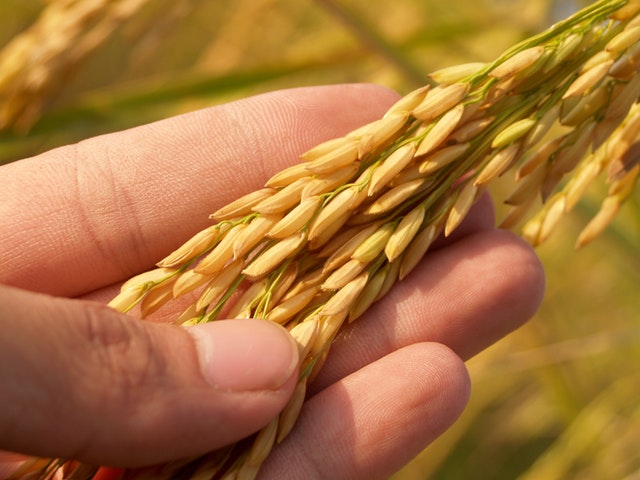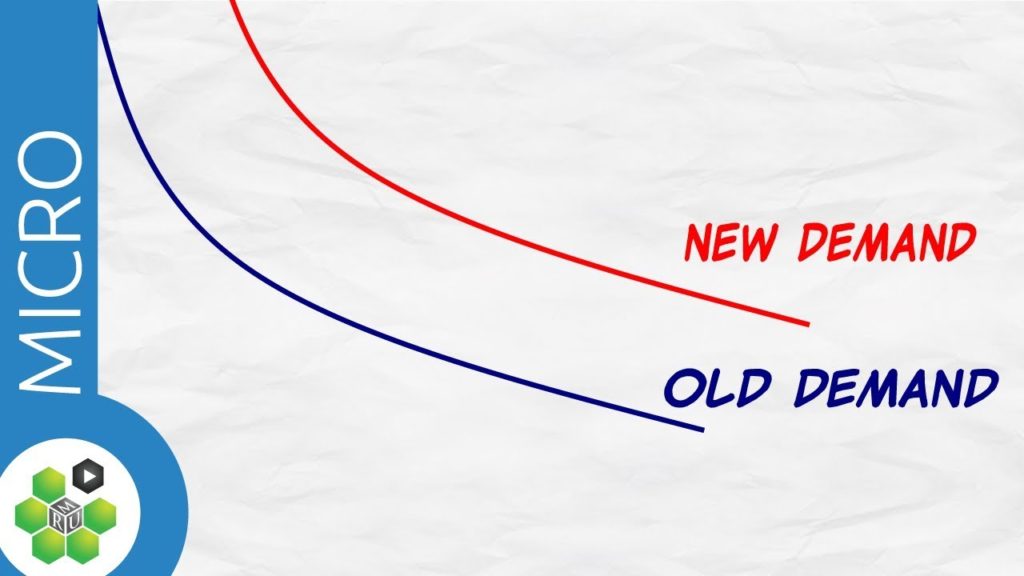Types of Goods

Types of Goods
Some important different terms in Economics are described that are required to create a better understanding. Normal goods are those goods that see a rise in demand when a consumer’s income rises. Inferior goods are those goods that see a rise in demand when consumer income falls by a large amount. Substitute’s goods mean goods which affect the demand for other similar goods when the change in the prices is noticed. Compliments goods are like pen and copy, car and petrol which compliment each other. A supply shock is an event that changes the supply of something very fast in a big amount.
To move toward discussing more economic analysis, it is important to understand certain terms first. In this article, we will be looking at different terms in Economics that are required. They will help to understand Macroeconomic and Micro economic analysis. The terms that will be discussed are: Normal and Inferior goods, Substitutes and Complements, and Supply Shocks. Let us begin the discussion:
Contents
Normal Goods
Let’s look at Normal goods first. Everyone consumes goods as part of their daily routine. Goods are required for functioning of life. But not all goods are the same. An Apple Iphone is not valued as much as a loaf of bread for people. There are different types of goods. One type of goods are known as Normal goods. The formal definition for this is – Goods that see a rise in demand when a consumers income rises. What does this mean? As people start to earn more they can spend more on things. A person who was earning 20000 a month will obviously spend more if he starts to earn 40000 a month instead. Examples of normal goods are: Ipad, Laptop, gourmet food etc.
Inferior Goods
On the other end of Normal goods are Inferior goods. Not everyone earns the same. Not every can afford to buy an IPad or a Car. For people who earn less, there are certain goods that they have to consume. If someone who was earning 40000 a month, now loses his job, and earns nothing, he cannot spend as much as he was with 40000 a month. This will have an effect on his consumption. He will spend less on expensive dinners, movies, gadgets. He will instead spend more on bread, cheap food, and other stuff. Instead of traveling by car or taxi, he will now prefer to travel by public bus. The fall in income has led to consumption of goods of worse quality. The formal definition of inferior goods is – Goods that see a rise in demand when consumer income falls by a large amount. Examples of inferior goods are: Public transport, Street Food etc.
Substitutes
We will now discuss another way in which goods are divided into groups. These are substitutes and complements. Let’s look at substitutes first. We will look at an example first. Let’s say Kartik loves to drink Coca Cola. He likes it more than Pepsi. But now, Coca Cola increases its price by Rs. 20 to Rs 60 but Pepsi still costs Rs. 40. Kartik thinks that 60 Rs is too much money and decides to start drinking Pepsi. This is because Pepsi is a substitute of Coca Cola. Pepsi does the same job for a person that Coca Cola can. It acts as a refreshment. Similarly, orange can act as a snack but so can apples. They are both substitutes as well. What is the relation between substitutes? When the price of one good rises, people will start to buy the substitute more. This is because if they think they can get almost as much satisfaction by spending less on a substitute they will shift. Examples of substitutes are: Dairy Milk and 5-Star, Maggi and Top Ramen, Bus and Train.
Complements
Let’s discuss complements now. Complements are roughly the opposite of substitutes. Let’s think about Milk and Bournvita. People usually mix Bournvita with Milk and then have a drink. Without Milk, Bournvita will not be wanted by many people. If the price of Milk rises, people will shift to a substitute of milk and sale of milk would go down. People are not consuming milk as much anymore. So they will not want Bournvita as well. This is where complements play a part. When the demand for a complement falls, so does the demand for the good itself. An understanding of complements and substitutes allows us to better understand Elasticity which we will discuss later.
Supply Shocks
Finally we understand what a supply shock is. Supply shocks can have a huge effect on both supply and demand of goods, so it is imperative to understand what they are and how they have an effect on the economy. There are many things that affect the supply side of the economy. We will discuss them further in later articles. But what is important to understand is that factors of production have an effect on supply shocks. Supply shock is an event that changes the supply of something very fast in a big amount. It can be a sudden increase in supply or it can be a sudden decrease in supply. Let us look at an example of both cases. Let’s say that a new reserve of oil is found somewhere and it happens to be very large. This will cause a sudden increase in the supply of oil. This is an example of a positive supply shock. In another example, let’s say labor in the shoe market goes on a strike. This will stop production for a while and shoes will not be supplied to the market. This is an example of a negative supply shock.
Supply curves can have major effects on the economy as they can cause a sudden rise and fall in price.
This concludes our discussion of Normal and Inferior goods, Complements and Substitutes, and Supply shock.





Responses